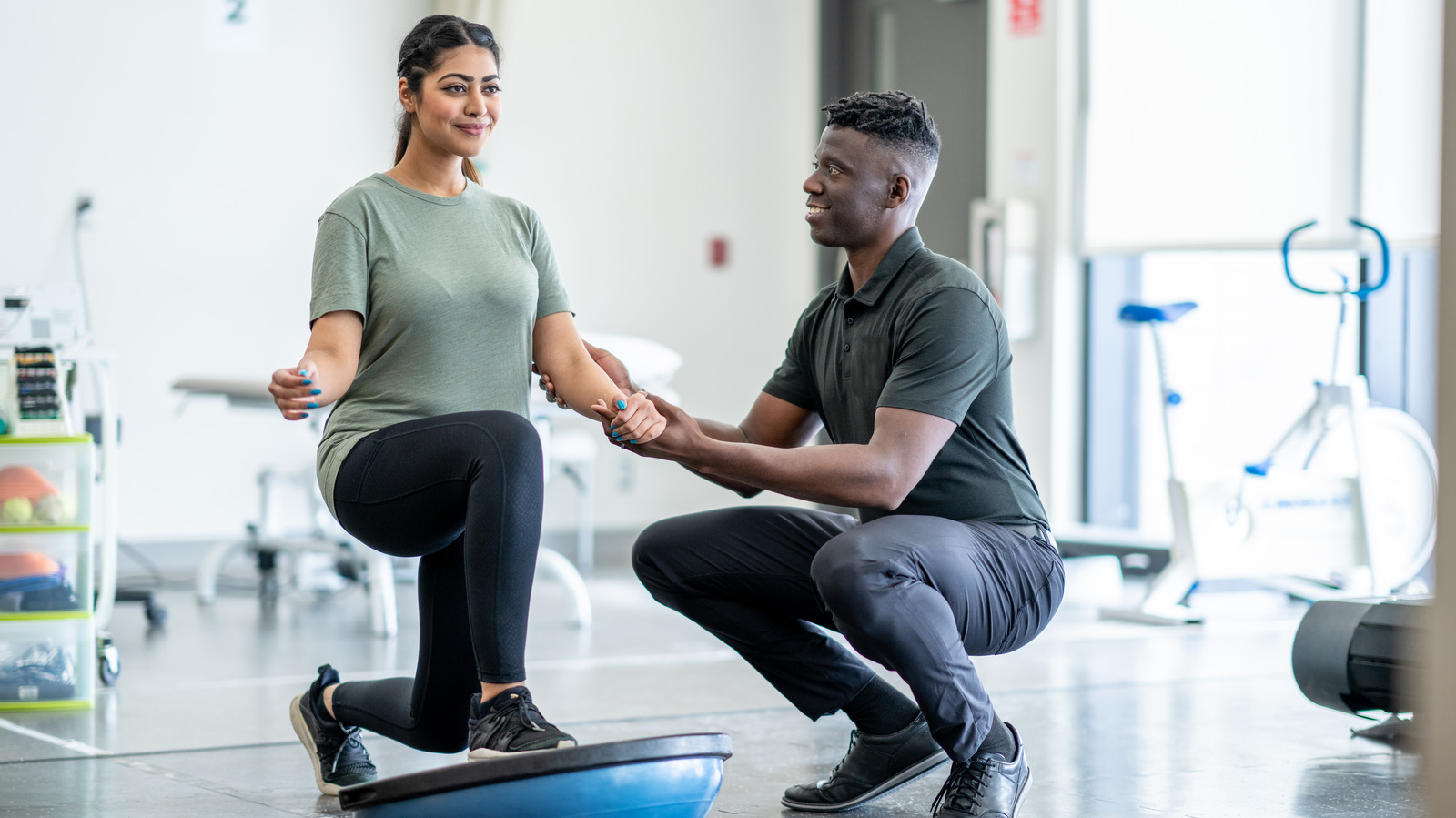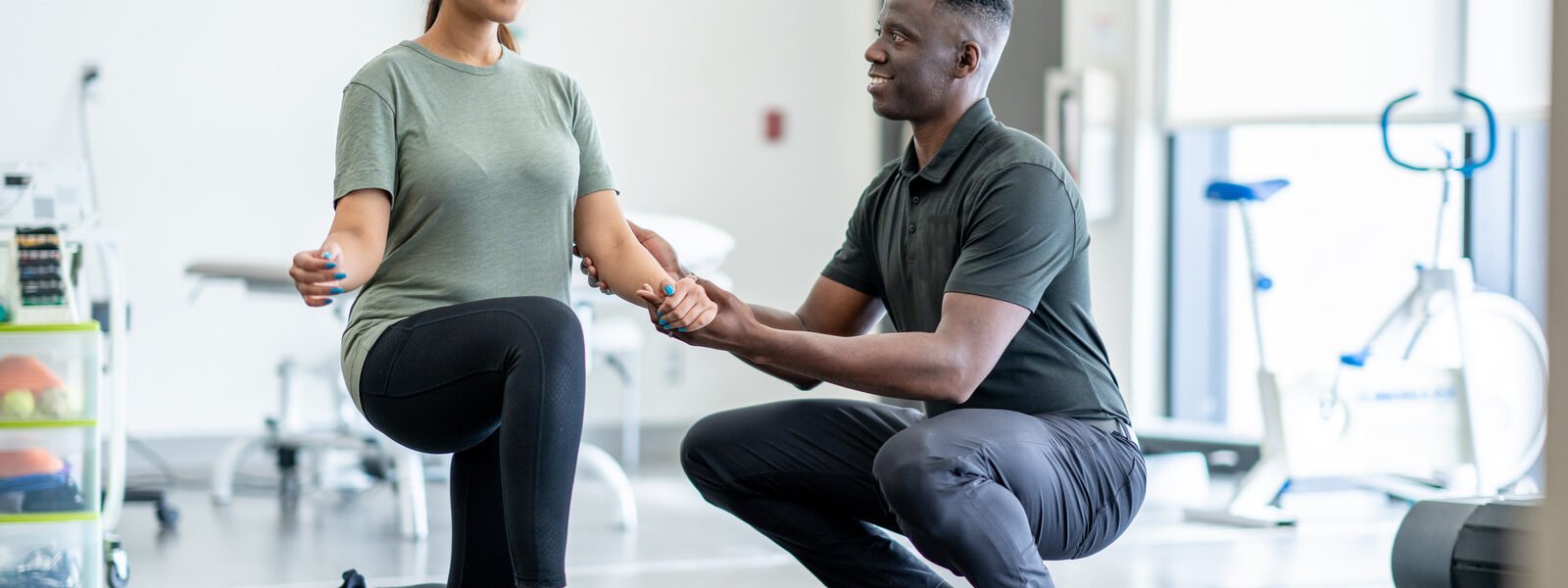Why You Should Consider Physical Therapy Even If You Aren’t Injured – Health Digest
[ad_1]

You might not notice an imbalance, but you could have one if one side of your body tends to be sore after exercise. Your exercise program might include repetitive movements that could exacerbate muscular imbalances. Doing the same exercises on a single plane of motion (e.g. lat pulldowns and crunches) can be too restrictive on your body. Instead, a balanced exercise program that includes lateral and rotational movements can minimize muscular imbalances.
Similarly, repetitive movements at work — even sitting too long in the same position — can throw your body into an imbalance. When you’re sitting, your hip flexors shorten and limit the range of motion in your hips. With shortened hip flexors, your glutes can’t engage properly to fully extend the hip when you stand up straight (per American Council on Exercise).
Repetitive movements sometimes result in overuse injuries, according to a 2022 article in Missouri Medicine. Rather than address the pain itself, a physical therapist can address the functional movements that might have caused the injury. Some shoulder impingements could be the result of tight chest and upper back muscles and weak mid-back muscles. Lower back pain might be caused by tight or weak muscles in the hips. Weak hip muscles and quads could lead to knee pain.
[ad_2]
Source link





